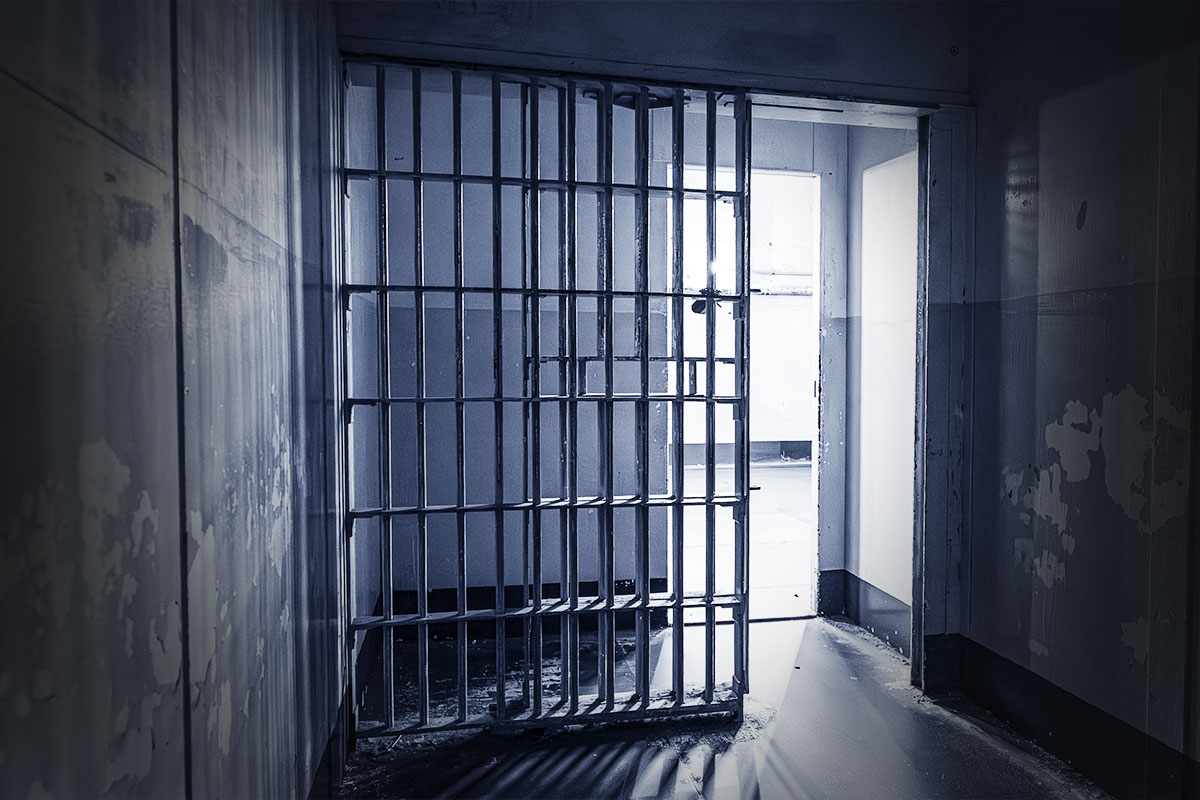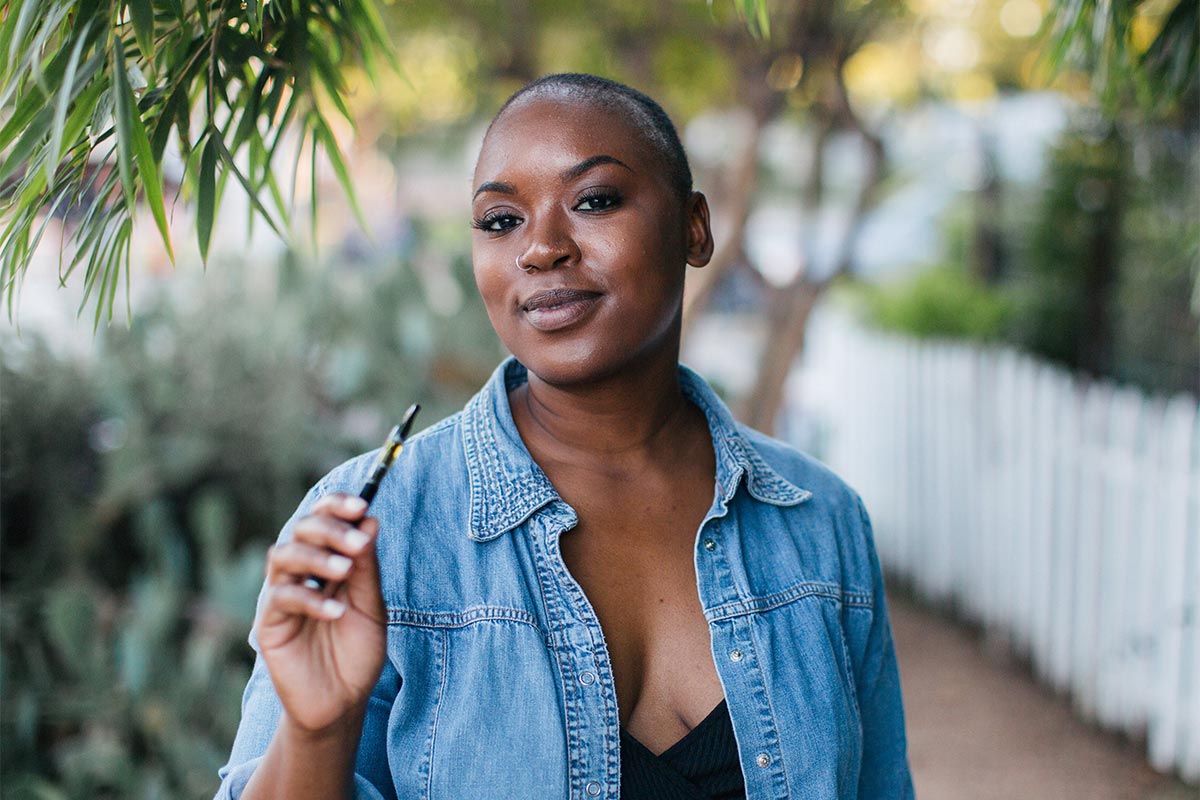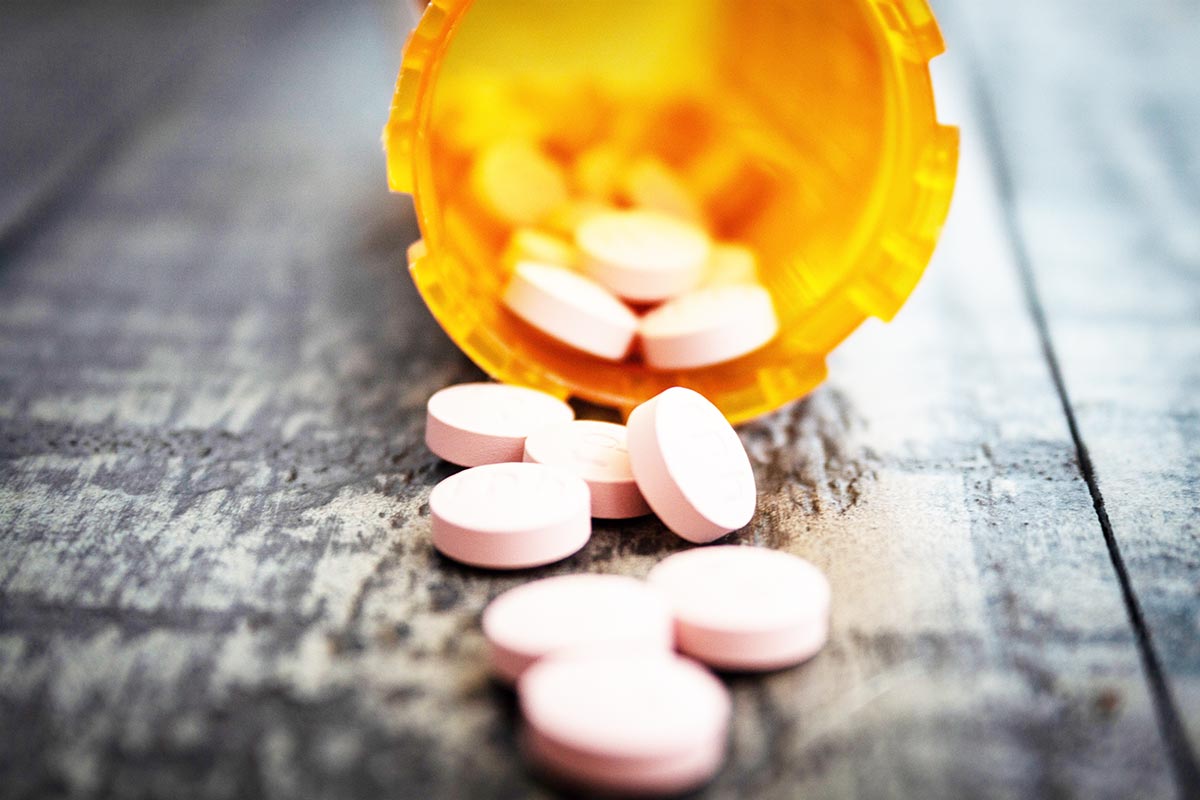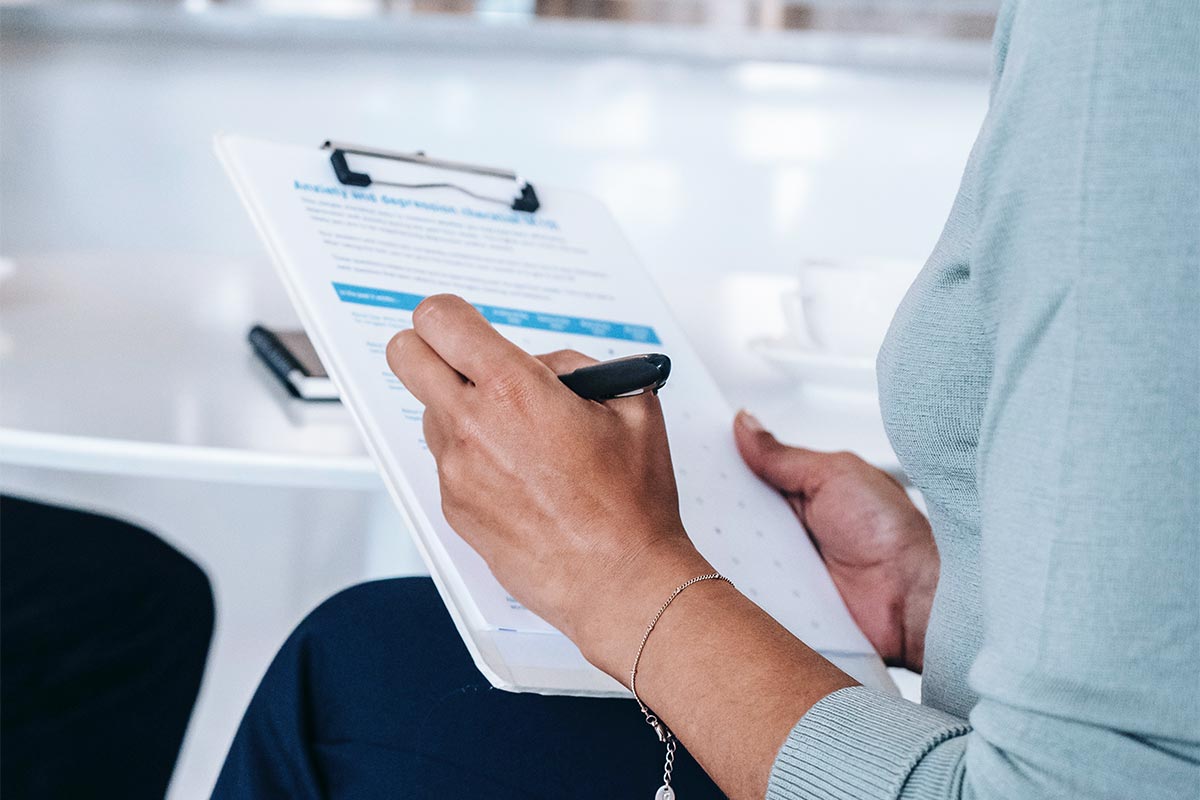The Silent Epidemic: Drug Abuse in the U.S. Prison System
 The U.S. prison system, designed to rehabilitate and reintegrate individuals into society, has become a breeding ground for a silent epidemic: drug abuse. While prisons are meant to be institutions of correction, the prevalence of drug abuse among inmates has reached alarming levels, posing significant challenges to the overall goal of rehabilitation.
The U.S. prison system, designed to rehabilitate and reintegrate individuals into society, has become a breeding ground for a silent epidemic: drug abuse. While prisons are meant to be institutions of correction, the prevalence of drug abuse among inmates has reached alarming levels, posing significant challenges to the overall goal of rehabilitation.
This article delves into the complex issue of drug abuse within the U.S. prison system, exploring its root causes, consequences, and potential solutions.
Root Causes of Drug Abuse in Prisons
Understanding the root causes of drug abuse in the U.S. prison system is essential for developing effective strategies to combat the issue. Several interconnected factors contribute to the high rates of drug abuse behind bars.
- Pre-existing Substance Abuse Issues: Many individuals entering the prison system already struggle with substance abuse issues. The cycle of addiction often leads individuals to criminal behavior, ultimately landing them in prison. Once inside, the stressors of incarceration may exacerbate their pre-existing addiction problems.
- Limited Access to Treatment Programs: Prisons are often ill-equipped to address the complex needs of inmates with substance abuse disorders. Limited access to evidence-based treatment programs means that individuals with addiction issues may not receive the support and resources necessary for recovery.
- Overcrowded and Understaffed Facilities: Overcrowded prisons and understaffed facilities contribute to an environment where illicit substances can easily enter and circulate. In such conditions, it becomes challenging for prison staff to monitor and control the flow of drugs, allowing them to proliferate within the prison walls.
- Lack of Mental Health Services: Substance abuse and mental health issues are often intertwined. Many inmates in the U.S. prison system grapple with underlying mental health conditions, and the lack of adequate mental health services contributes to the prevalence of self-medication through drug abuse.
Consequences of Drug Abuse in Prisons
 The consequences of drug abuse within the U.S. prison system extend far beyond the individual inmate, affecting the safety, security, and overall effectiveness of the correctional system.
The consequences of drug abuse within the U.S. prison system extend far beyond the individual inmate, affecting the safety, security, and overall effectiveness of the correctional system.
- Violence and Security Risks: Drug abuse within prisons is linked to an increase in violence among inmates. Competition for control of the drug trade can lead to gang-related conflicts, jeopardizing the safety of both inmates and staff. Additionally, the compromised judgment and altered behavior associated with drug use can contribute to an unsafe environment.
- Health Risks: Inadequate access to clean needles and supervision exacerbates health risks associated with drug use behind bars. The spread of infectious diseases, such as HIV and Hepatitis C, becomes a significant concern, impacting not only the health of individual inmates but also the public health system upon their release.
- Recidivism: Drug abuse hampers the rehabilitative process, increasing the likelihood of recidivism. Individuals struggling with addiction issues are more likely to return to criminal behavior, perpetuating the cycle of incarceration without addressing the underlying causes of their actions.
- Strain on Correctional Resources: The prevalence of drug abuse places a strain on already limited correctional resources. Increased incidents of violence, health issues, and the need for disciplinary measures divert resources away from programs aimed at rehabilitation and reintegration.
Get Your Questions Answered
Addressing the Issue
To effectively address drug abuse within the U.S. prison system, a multi-faceted approach is necessary. This includes implementing policy changes, enhancing treatment programs, and prioritizing mental health services.

- Comprehensive Substance Abuse Treatment Programs: Investing in evidence-based substance abuse treatment programs within prisons is crucial. These programs should be tailored to the specific needs of inmates, offering counseling, behavioral therapies, and access to medication-assisted treatment when appropriate.
- Mental Health Services: Recognizing the connection between mental health and substance abuse, prisons should prioritize mental health services. Adequate screening and assessment processes can identify individuals in need of mental health support, facilitating a holistic approach to rehabilitation.
- Prison Staff Training: Proper training for prison staff is essential in identifying signs of drug abuse, preventing the entry of illicit substances, and responding effectively to incidents. Staff should also be educated on the underlying causes of addiction to foster a more empathetic and understanding environment.
- Preventative Measures: Addressing drug abuse in prisons requires a proactive approach. This includes implementing preventative measures such as random drug testing, increased security measures to restrict contraband, and educational programs to inform inmates about the consequences of drug abuse.
- Post-Release Support: The challenges of drug abuse often persist after release. Establishing effective reentry programs that provide ongoing support, including access to treatment and mental health services, can help break the cycle of addiction and incarceration.
Conclusion
Drug abuse within the U.S. prison system is a pervasive issue that demands urgent attention. Recognizing the interconnectedness of substance abuse, mental health, and criminal behavior is crucial for developing effective strategies to address the root causes of the problem. By implementing comprehensive treatment programs, enhancing mental health services, and prioritizing preventative measures, the correctional system can move towards a more rehabilitative and supportive approach. Only through such concerted efforts can the silent epidemic of drug abuse be curbed, fostering an environment where individuals have the opportunity to break free from the cycle of addiction and reintegrate successfully into society.

 Do you know how to have fun with your free time without drugs and alcohol? For most of us, long-term substance abuse means we’ve mostly forgotten. Sure you used to have hobbies and you might even want to go back to those, but remembering how to just sit down and have fun with something or with people without any substances can be hard. Building hobbies means you’ll get to find that again, to build up to it slowly, and to learn how to have fun with nothing but what your brain produces naturally. Of course, that might not happen right away. Many people actually experience emotional blunting in early recovery, where the brain is incapable of correctly regulating serotonin and dopamine, which means that it can feel like you feel nothing at all when you think you should be enjoying yourself. Hobbies help with that further by building up slowly – you’ll start out in positions of not being good at what you’re doing and the enjoyment will come with practice -and that’s perfect for learning how to enjoy yourself again.
Do you know how to have fun with your free time without drugs and alcohol? For most of us, long-term substance abuse means we’ve mostly forgotten. Sure you used to have hobbies and you might even want to go back to those, but remembering how to just sit down and have fun with something or with people without any substances can be hard. Building hobbies means you’ll get to find that again, to build up to it slowly, and to learn how to have fun with nothing but what your brain produces naturally. Of course, that might not happen right away. Many people actually experience emotional blunting in early recovery, where the brain is incapable of correctly regulating serotonin and dopamine, which means that it can feel like you feel nothing at all when you think you should be enjoying yourself. Hobbies help with that further by building up slowly – you’ll start out in positions of not being good at what you’re doing and the enjoyment will come with practice -and that’s perfect for learning how to enjoy yourself again.
 Wax and dab pens are normally used to consume “Dabs”. Dabs are highly concentrated doses of
Wax and dab pens are normally used to consume “Dabs”. Dabs are highly concentrated doses of 
 In most cases, you can expect benzodiazepine withdrawal symptoms to last for about two to five weeks or a bit longer. In some cases, you might also suffer from post-acute withdrawal symptoms, which means that withdrawal may last for up to three months. In each case, it’s important to ensure you have medical monitoring so you can get intervention and treatment if things start to go wrong.
In most cases, you can expect benzodiazepine withdrawal symptoms to last for about two to five weeks or a bit longer. In some cases, you might also suffer from post-acute withdrawal symptoms, which means that withdrawal may last for up to three months. In each case, it’s important to ensure you have medical monitoring so you can get intervention and treatment if things start to go wrong. Detox means getting medical monitoring and support during your withdrawal. Depending on your situation, you are also significantly likely to be recommended into a tapering schedule first. However, if your doctor doesn’t think you can safely manage a tapering schedule, you’ll likely be recommended into a clinic for treatment and detox instead.
Detox means getting medical monitoring and support during your withdrawal. Depending on your situation, you are also significantly likely to be recommended into a tapering schedule first. However, if your doctor doesn’t think you can safely manage a tapering schedule, you’ll likely be recommended into a clinic for treatment and detox instead.